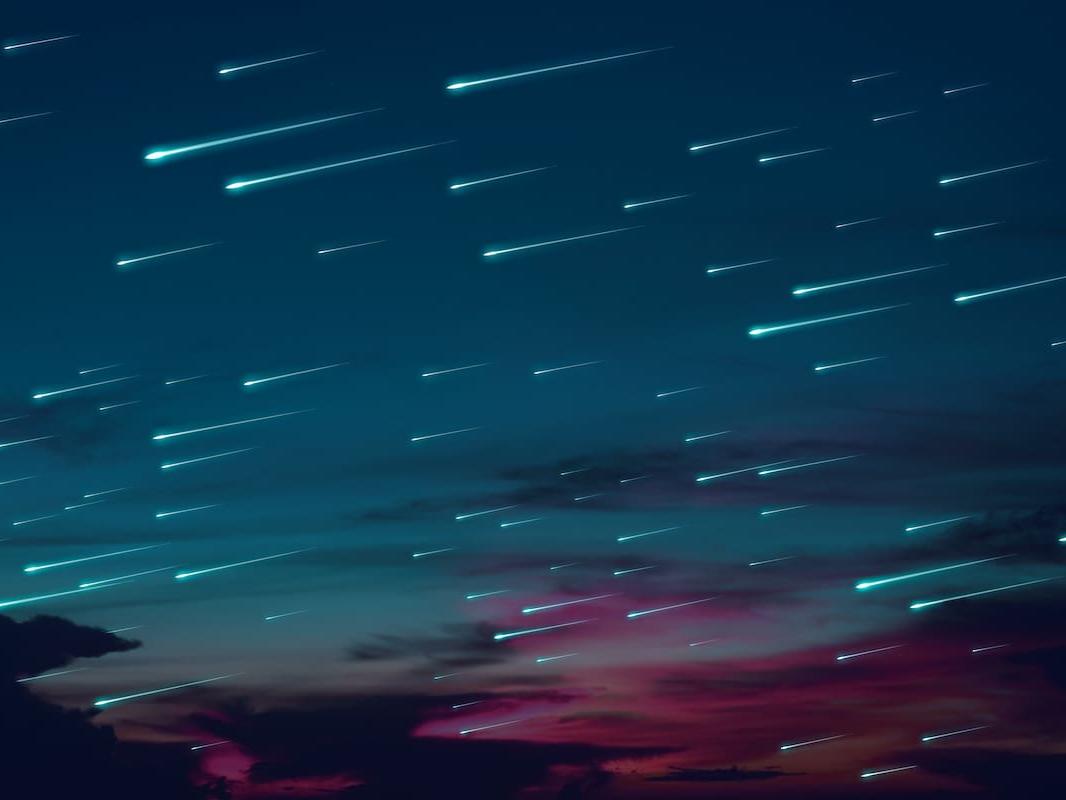The Perseid meteor shower, one of the most anticipated celestial events of the year, reached its peak on the night of August 12-13, 2024, dazzling stargazers worldwide with a spectacular display. This annual cosmic phenomenon, caused by Earth passing through the dusty debris trail left by Comet Swift-Tuttle, offered viewers the chance to witness up to 100 meteors per hour under ideal conditions.In an unexpected twist, the meteor shower coincided with a display of the northern lights in some regions, creating a rare and breathtaking celestial spectacle. Mike Wickersham captured a colorful Perseid meteor competing with the aurora in Oregon, while Andrew Hawkes witnessed a beautiful display of the Perseid meteor shower and a spontaneous eruption of northern lights in the U.K..Experts recommended viewing the shower from dark locations away from city lights for the best experience. Dr. Ed Bloomer, a senior astronomer at the Royal Observatory Greenwich, advised that ‘the best time to see the Perseids is between midnight and 5:30am, when the moon is below the horizon or in its crescent phase’. Despite the peak being on August 12-13, Dr. Bloomer noted that the shower would still be visible for a couple of days on either side, with local weather and light conditions being more significant factors than the precise mathematical peak.The Perseid meteor shower, also known as the ‘Tears of Saint Lawrence’ due to its proximity to the saint’s feast day on August 10, holds cultural significance beyond its astronomical importance. Some astrological interpretations even suggested that the shower could bring prosperity and wealth, particularly for certain zodiac signs.While the peak of the Perseids has passed, astronomers note that there’s still a chance to catch some ‘straggling stars’ in the coming days. For those who missed this event, the next major meteor shower, the Orionids, is set to peak between October 20 and 21, 2024.
Key points
- The Perseid meteor shower peaked on August 12-13, 2024, with up to 100 meteors visible per hour under ideal conditions.
- An unexpected aurora display coincided with the meteor shower in some regions, creating a rare celestial spectacle.
- Experts recommend viewing meteor showers from dark locations between midnight and early morning for the best experience.
- The next major meteor shower, the Orionids, is set to peak between October 20-21, 2024.
Contradictions👾While most sources reported up to 100 meteors per hour during peak conditions, one source mentioned the possibility of seeing up to 120 meteors per hour.



